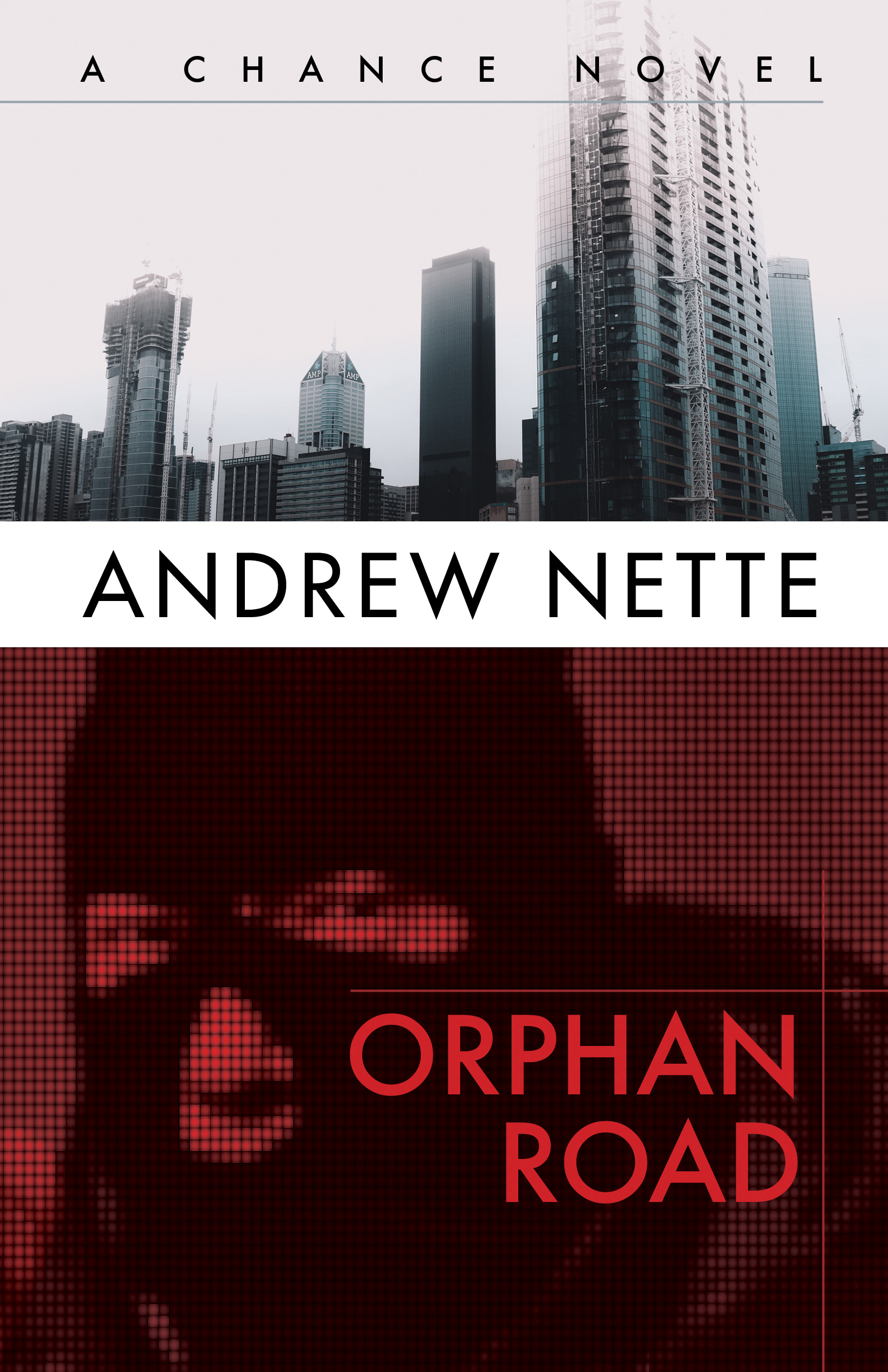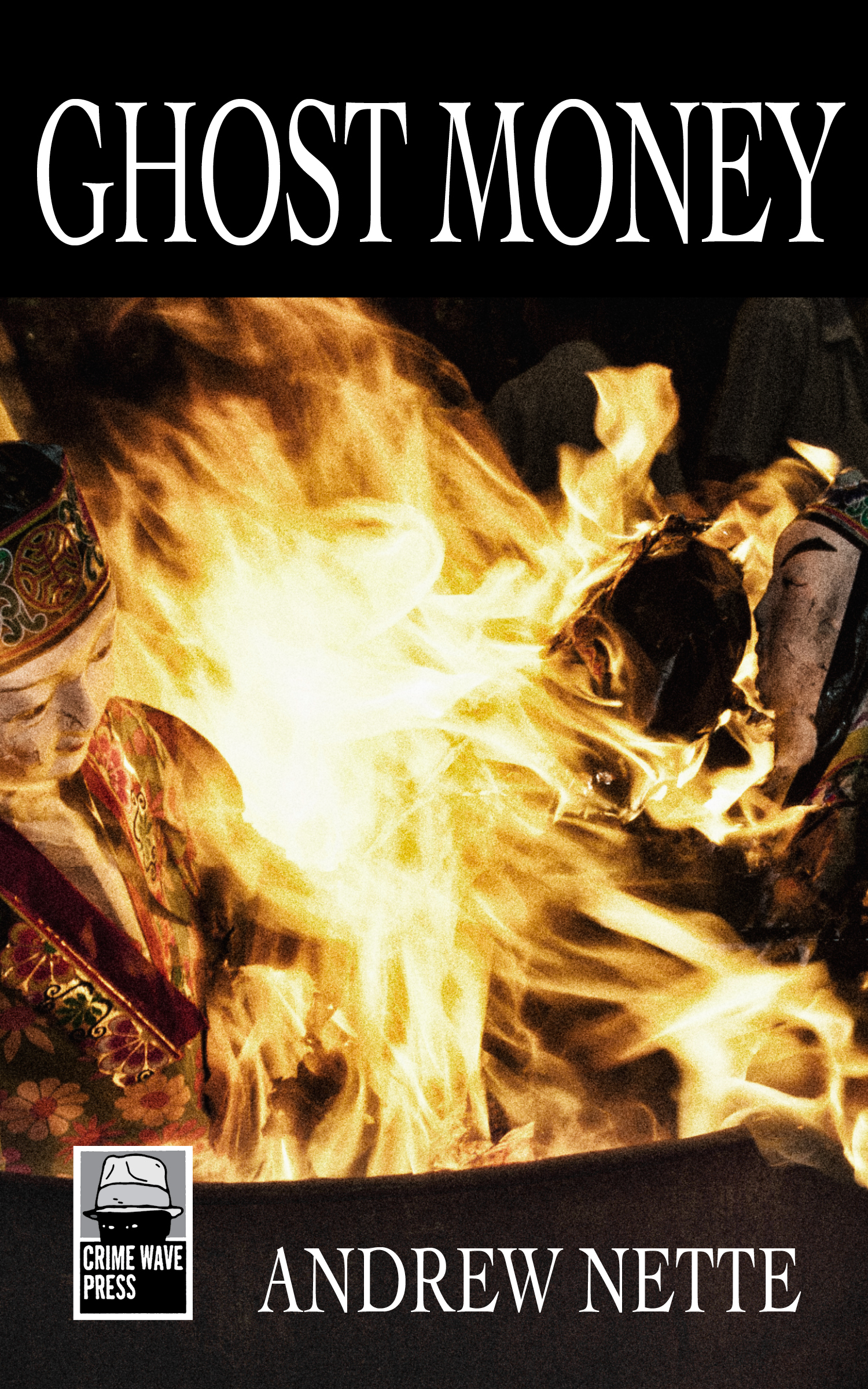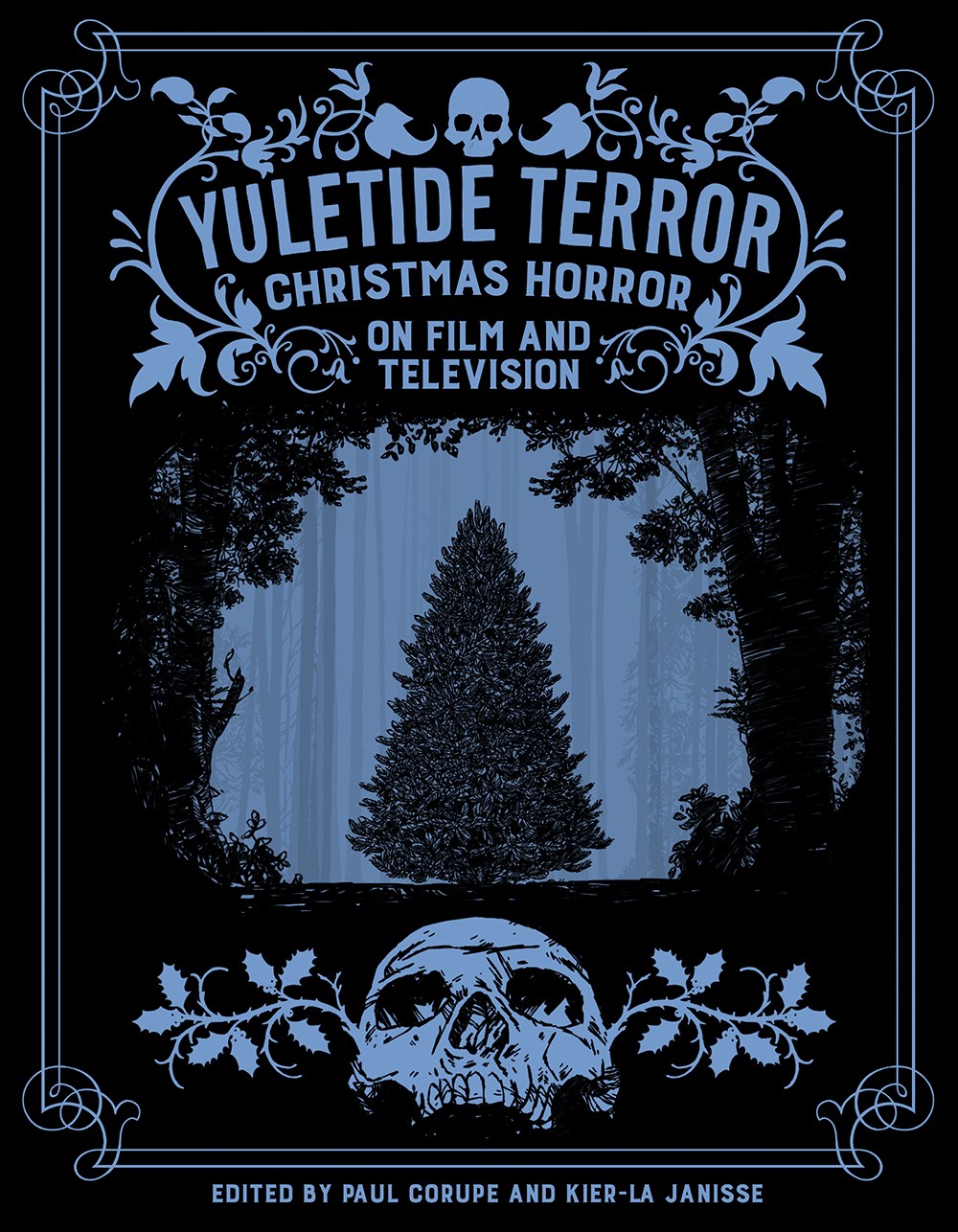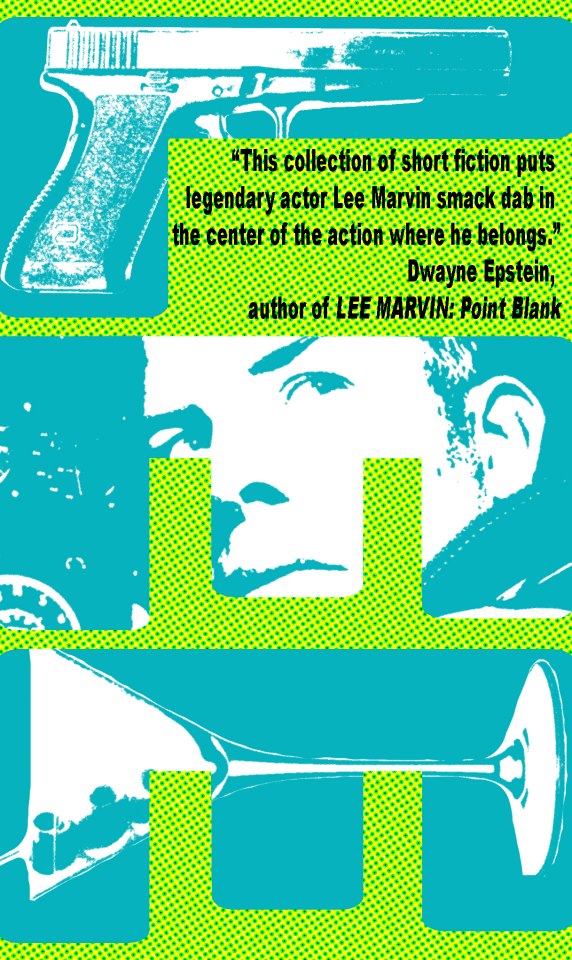
Next in my series on Don Westlake aka Richard Stark’s criminal character of Parker on the screen is the 1983 film, Slayground.
Slayground is based on the 1971 book of the same name, the 14th instalment in the first cycle of Westlake’s Parker series. I am going to put my cards on the table up front and say that while Slayground is among my least favourite of that earlier tranche of Parker novels, I think is film, however, is very good. It has very little to do with the book, but as I said early in this series, I’m not going to get hung up on how much the films adhere to their source material.
The novel depicts what happens after Parker and his criminal associates are forced to to hire a second-rate wheelman for an armoured car heist they are planning. The job goes wrong and Parker narrowly escapes the law with $74,000 from the robbery. He stumbles across an amusement park called Fun Island, closed for the winter, and figures it is as good a place as any to hide until the heat from the job dies down. A major hitch arises when a couple of corrupt cops make Parker entering the park. They put two and two together in terms of linking him the armoured car job and inform the local mob, who surround the park and proceed to hunt Parker down for the money.
The film begins on the outskirts of New York with a guy called Laufman (David Hayward) picking up a young, attractive, female hitchhiker who he thinks is a hooker. He drives her somewhere remote with the intention of having sex and she kills and robs him. This is a major problem for the film’s Parker character, Stone (Peter Coyote), and his partner, Joey (Bill Luhrs). Now without a driver for the armoured car robbery they have been planning, they are forced to engage a young hothead called Lonzini (Ned Eisenberg) as their wheelman. The job goes off without a hitch but as escape, Lonzini runs a red light and causes a crash in which a young girl is killed.
Stone is left traumatised by the girl’s death. “I’ve never killed anyone,” he says. Unbeknownst to Stone, the girl’s father, Danard, is a shady businessman who hires a mysterious hitman to kill those responsible for his daughter’s death. We never find out the hitman’s identity. His only identifying features are his silhouette, his leather gloved hands, and his creepy slightly sibilant voice as he taunts his victims.
The hitman proceeds to track down and murder the heist gang, first Lonzini, then Joey. He nearly kills Stone twice, the second time putting him in the hospital. A criminal contact breaks Stone out of hospital and gets him a false passport. After sending his wife to hide in Mexico, Stone flees to London to look up an old criminal associate who owes him a favour, Terry (Mel Smith, who is probably most familiar from his time as a cast member on the subversive British comedy show, Not the Nine O’clock News, which was a big hit in the late 1970s and early 1980s).
In London, Terry goes to a doctor who tells him he needs an expensive operation, otherwise the injuries he sustained from the second attempt on his life will leave him crippled. Stone finally tracks down Terry, working as a mechanic in a seaside town amusement park called Pleasure Beach, owned by his girlfriend, Madge, played by Billie Whitelaw.
Madge is in serious financial strife and being pressured to sell the park to a vicious gangster called Venner. Stone needs money for his operation. Terry wants money so he can keep the park open. The two of them decide to team up again and rob Venner’s casino as a way of solving both their problems. All the while, of course, the hitman has been pursuing Stone and tracked him down to the seaside town.

Some online critics have accused Slayground of almost being two films that really don’t talk to each other, the first part of the story set in the US and the second part of the film, set in the UK. I do not agree. There is a little bit of clumsiness in the transition from the American to the British setting and the two halves look very different – no doubt the result of the fact that each had different cinematographers. The first evinces a more hard boiled sensibility characteristic of a lot of American films from that time. The second has a seedier, more down at heel feel that I very much associate with a lot of 1970s/80s British cinema (the amusement park scenes were shot at a place called Pleasureland at Southport – UK readers please tell me that it still exists). But overall, the story works, and I enjoyed the two parts of the story and how interacted with each other.
I am not really familiar with Coyote’s work, but he depicts Stone as a more moral, hangdog type character. Everything he touches turns to shit. The film is relentlessly dark, something else I enjoyed, with a real noir sense of problems piling up on Stone, leaving him cornered and with very few options. As Terry says to him at one stage: “You’re fucking crazy, you know that? Do you? You’ve lived half your life and where are you? Five thousand miles from home, in a bankrupt seaside town, on a sly passport, talking shit to a dead man.” You’ll recognise the faces of a lot of the other cast from various places. But Whitelaw, who does not have a huge part and is the most famous person in the film (her career stretched back to the 1950s and included the creepy housekeeper, Mrs Baylock in The Omen (1977) and the ruthless mother in the very underrated 1990 biopic, The Krays), and Smith aside, there is no one who stands out as a name. But that kind of works, too.
One other major thing in Slayground’s favour is the way in its noir styling is mixed with other cinematic influences, the eighties psychological thriller, and an almost giallo sensibility. The letter manifests in the unknown assassin, a shadowy black gloved psychopath who would have been right at home in Mario Bava’s Blood and Black Lace (164) or Dario Argento’s Deep Red (1975). He targets everyone connected to Stone, a string of grisly murders – tarring and feathering one man, drowning another in a fish tank – to carry out the contract, culminating in a well executed shootout with Stone in the otherwise empty amusement park.
Slayground was directed by Terry Bedford with a script by Trevor Preston. Bedford did not seem to do very much but Preston had form writing for a host of hard boiled British television shows in the 1970s: Callan, Special Branch, The Sweeney. He did the script for the 2003 Mike Hodges film, I’ll Sleep When I’m Dead, which incidentally I loathed. Interestingly, he also wrote the script for a 1985 British crime film called Parker or Bones as it was released in the US. Starring Bryan Brown, according to IMDB the plot sees an Australian businessman ‘trying to find out why and by whom he was kidnapped and then later released with no explanation. It sounds great but I can’t find a copy of it anywhere.
You can find the first three installments of my Parker on the screen series, Mise a Sac (1967), The Split (1968) and The Outfit (1973) on this site. Next up, Brian Helgeland’s Payback Straight Up (1999).




















Pingback: Bad Girls, Rotten Plans, and Coast to Coast Noir - Unlawful Acts
Pingback: Incident Report No. 93 - Unlawful Acts
Thanks ever so much for your intelligent and most accurate review of Terry Bedford’s “Slayground” film. It is nice to find someone who feels the way I did about this often maligned film which sadly did next to nothing at the box office. I saw this in Cedar Knolls, NJ when it came out and it was a mostly empty twin theater at a mall. I loved the noir feel and later on, I became enthralled by film noir, thanks to TCM and its late host Robert Osborne as well as Eddie Muller who founded Film Noir Foundation and is the president. As for Slayground, it was a thrill seeing familiar locations from when I was a kid and we would make weekly trips back and forth from NJ to NY along Route 9W, where much of the US scenes were filmed. Ever since seeing this film, I’ve been a fan of Peter Coyote and this is an all time favorite.Sadly many of the actors and actresses have passed away, most notably, Billie Whitelaw, Mel Smith, Ned Eisenberg and Philip Sayer (Shadowman), I always wished somehow there could have been a sequal but that never was to happen as everything usually is fueled by success. In any event, kudos to Terry Bedford and everyone who had a part in making Slayground happen. I will always gravitate toward noir and dark films and always will. Thanks again and wishing you all the best always.
Ian,
Thanks for your feedback. It always makes my day to have someone tell me that one of my posts strikes some sort of cord with them.
Cheers,
Andrew